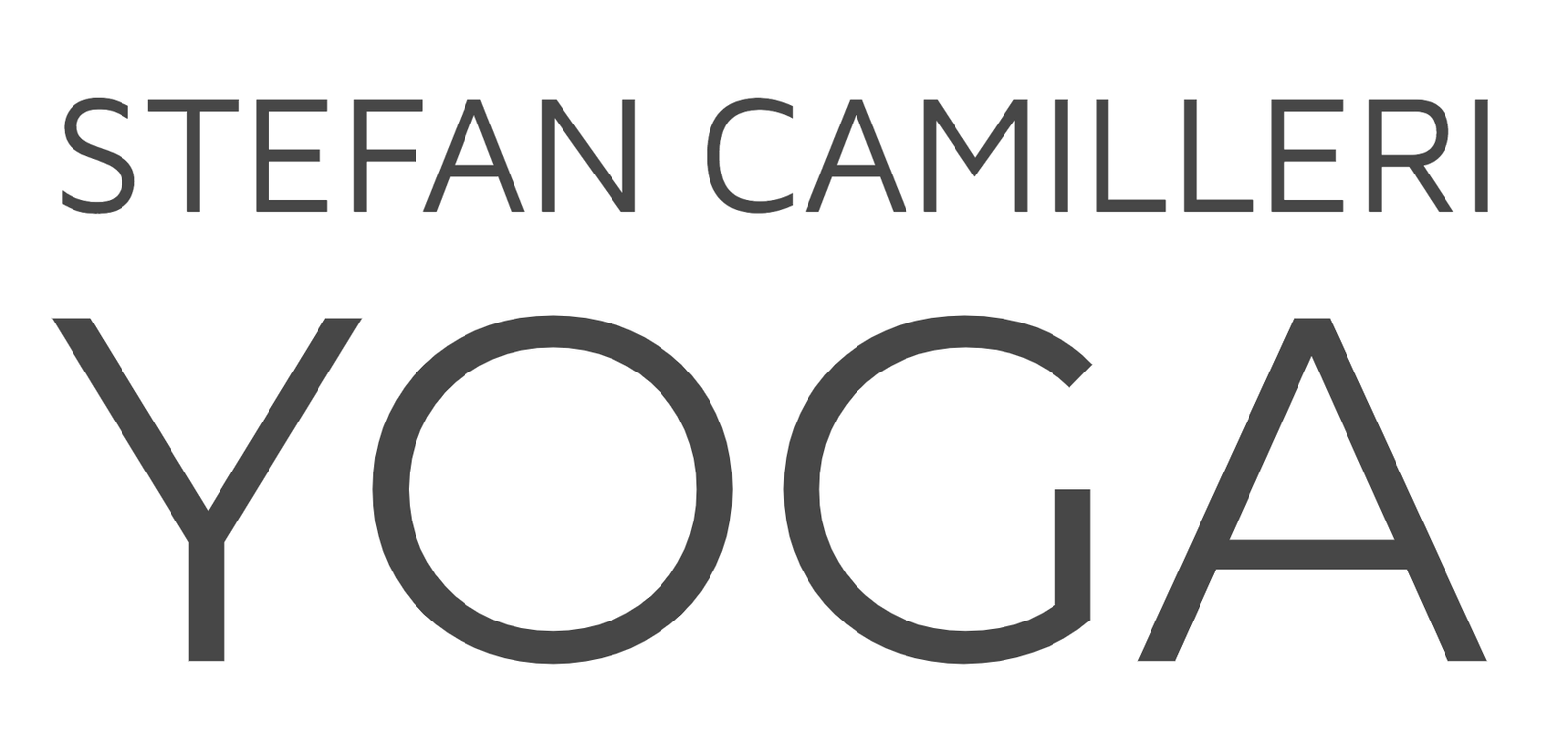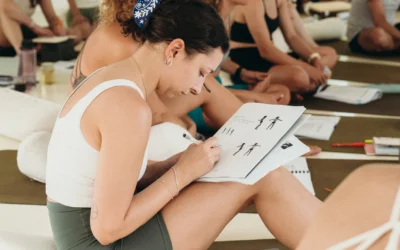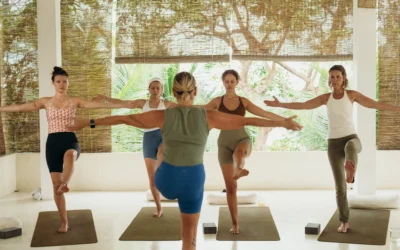When I first started teaching, I thought I had to read everything. My bookshelf filled fast, but most of it sat unopened. Over time, I came back to a small group of books that actually helped me teach better, think sharper, and stay curious about the practice. These six have survived moves, injuries, studio switches, and made it into the Lanka Yoga library. Borrow them when you visit, or start now.
Here are my 6 must-read Yoga Books:
1. The Science of Yoga – William J. Broad
Key takeaway: bust myths before you teach them.
Written by an investigative journalist, this book breaks down what yoga really does (and doesn’t), backed by lab results and medical evidence. Expect a few myths to fall away, while sharpening your ability to separate tradition from facts.
2. Light on Yoga – B.K.S. Iyengar
Key takeaway: know your lineage.
Part asana photo atlas, part history lesson, this 1960s classic from Iyengar mapped hundreds of asanas long before Instagram did. Methods have evolved, but the book still anchors modern practice and language. Use it as a reference point—not gospel—for cues and sequencing.
3. Yoga Anatomy – Leslie Kaminoff
Key takeaway: anatomy made accessible.
Kaminoff makes anatomy visual, practical, and jargon-free. The posture breakdowns are helpful, and the first few chapters on breathing and movement? Gold. Read those twice.
4. Applied Anatomy & Physiology of Yoga – Simon Borg-Olivier & Bianca Machliss
Key takeaway: the deep-dive manual.
Be warned, this book is dense. But it’s also the clearest explanation I’ve found of how traditional practice and Western science overlap. This is the backbone of the Yoga Synergy method I now teach. Keep it on the shelf for lifelong reference.
5. The Neuroscience of Mindfulness – Stan Rodski
Key takeaway: mindfulness is measurable.
Rodski translates neuroscience into teachable, everyday techniques. Helpful evidence for sceptical students who want proof that “watching your breath” is genuine brain-training.
6. The Yoga Sutras of Patañjali
Key takeaway: philosophy in 196 bite-sized aphorisms.
Almost two millennia on, these verses still set the bar for ethical living, concentration, and meditation. Pick the commentary that fits your learning style—my favourites are by Maharishi Mahesh Yogi and B.K.S. Iyengar.
Borrow them, when you visit or start now.
These books show up often in our teacher training discussions. They have shaped how I think, sequence, and cue yoga to this day. If you’re serious about teaching well, these books are your base.
Want more like this? Follow me on Instagram for asana and practice breakdowns.
Ready to go deeper? Download the info pack for our 200HR Yoga Teacher Training at Lanka Yoga.



